


| MOQ: | 1kg |
| Price: | US $3/kg |
| Standard Packaging: | Cylinder/Tank |
| Delivery Period: | 15 days |
| Payment Method: | L/C, T/T |
| Supply Capacity: | 20000 Tons/Year |
Propane gas (C3H8) is a colorless, flammable hydrocarbon gas belonging to the alkane family. It is commonly used as a fuel for various applications. Here are some key points about propane gas:
Properties: Propane gas possesses several important properties:
Flammability: Propane is a highly flammable gas that can form explosive mixtures with air. It has a lower flammability limit (LFL) of 2.1% and an upper flammability limit (UFL) of 9.5%.
Odor: Pure propane gas is odorless. However, a distinct odorant called mercaptan is added to commercial propane to give it a strong, unpleasant smell. This odor helps in detecting leaks for safety purposes.
Density: Propane gas is heavier than air, so it tends to sink and accumulate in low-lying areas.
Production: Propane gas is primarily produced as a byproduct of natural gas processing and petroleum refining. It can also be produced from other hydrocarbon sources through processes such as cracking and fractionation.
Uses: Propane gas has a wide range of applications:
Residential and Commercial Heating: Propane is commonly used as a fuel for heating homes, businesses, and other buildings. It is used in furnaces, boilers, space heaters, and water heaters.
Cooking and Grilling: Propane is widely used as a fuel for cooking and grilling. Propane-powered stoves, ovens, and grills are popular due to their convenience and controllable heat.
Transportation: Propane can be used as an alternative fuel for vehicles. It is commonly used in propane-powered vehicles (also known as autogas) and forklifts.
Industrial Applications: Propane is used in various industrial processes, including metal cutting and welding, asphalt production, and for heat and power generation in remote locations.
Agriculture: Propane is used in agricultural applications such as crop drying, heating greenhouses, and powering irrigation pumps.
Recreation: Propane is used in recreational activities, including camping stoves, lanterns, and RV appliances.
Safety Considerations: Propane gas is flammable and should be handled with caution. Here are some safety considerations:
Storage and Handling: Propane should be stored in approved containers or cylinders designed for flammable gases. It should be stored in well-ventilated areas away from ignition sources and heat.
Leak Detection: Propane has an added odorant to help detect leaks. If you smell gas or suspect a leak, it is important to evacuate the area and contact emergency services.
Proper Ventilation: When using propane indoors, ensure proper ventilation to prevent the accumulation of propane gas and the depletion of oxygen.
Equipment Maintenance: Regular maintenance and inspection of propane equipment, such as tanks, regulators, and valves, are essential to ensure safe operation.
It is crucial to follow all safety guidelines, regulations, and manufacturer instructions when handling, storing, and using propane gas to minimize the risk of accidents or injuries.
| Transport Package: | 40L/47L/50L/118L/926L | Melting Point | -187.6ºC |
| Trademark: | CMC | Boiling Point | -42.1ºC |
| Specification | 99.50% | Production Capacity | 5000tons/Year |
| Cylinder Pressure | 12.5MPa/15MPa/20MPa | Valve | Cga350/Bwf-1 |
| Appearance | Colorless, Odorless | Density | 493 Kg/M3 |
Specification:
Dot Class:2.2
State: Liquid
Purity: 99.5%
UN NO: UN1978
CAS NO: 74-98-6
Grade Standard: Industrial Grade
|
Specification |
≥99.5 |
% |
|
Methane (CH4) |
≤100 |
ppmv |
|
Ethane(C2H6) |
≤250 |
ppmv |
|
Propylene(C3H6) |
≤1000 |
ppmv |
|
Moisture(H2O) |
≤3 |
ppmv |
|
Sulfur |
≤1 |
ppmv |
|
Isobutane(C4H10) |
≤2500 |
ppmv |
|
N-butane(C4H10) |
≤1000 |
ppmv |
| Cylinder Specifications | Contents | |
| Cylinder Capacity | Valve | Weight |
| 47L | CGA350 | 19 kgs |
| 118L | BWF-1 | 45 kgs |
| 926L | BWF-1 | 375 kgs |
| ISO TANK | 10 Tons | |
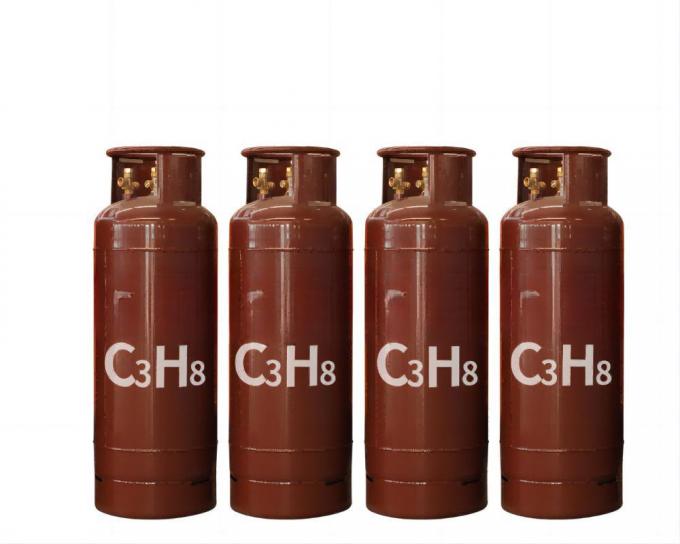
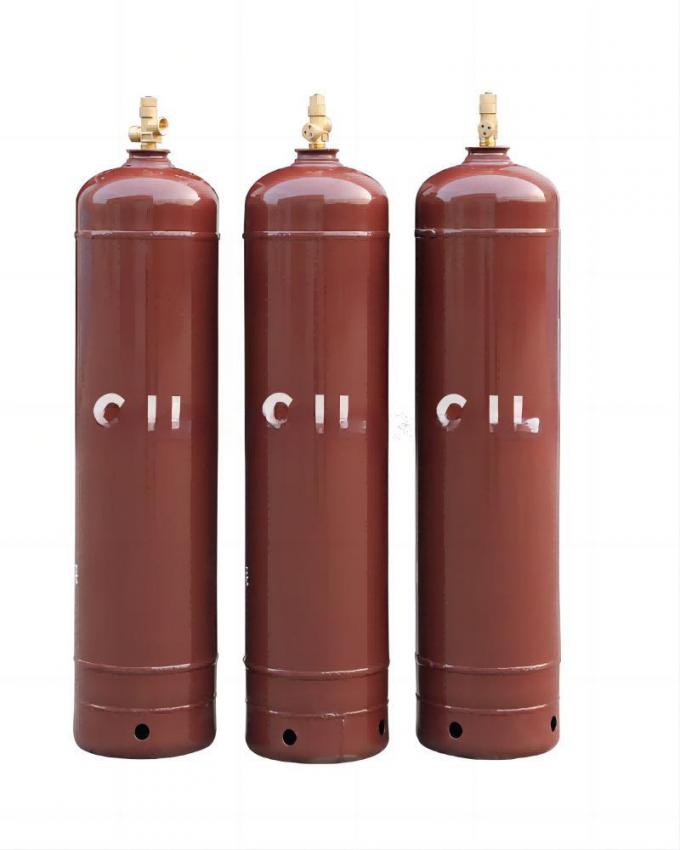

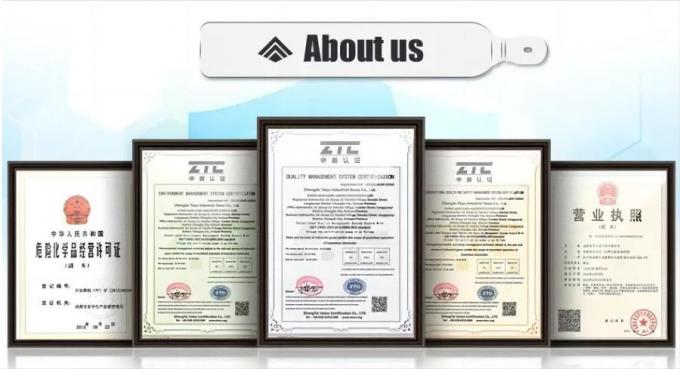
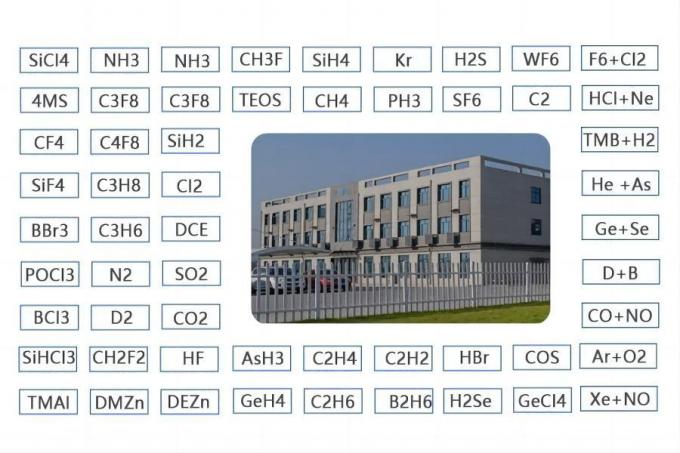
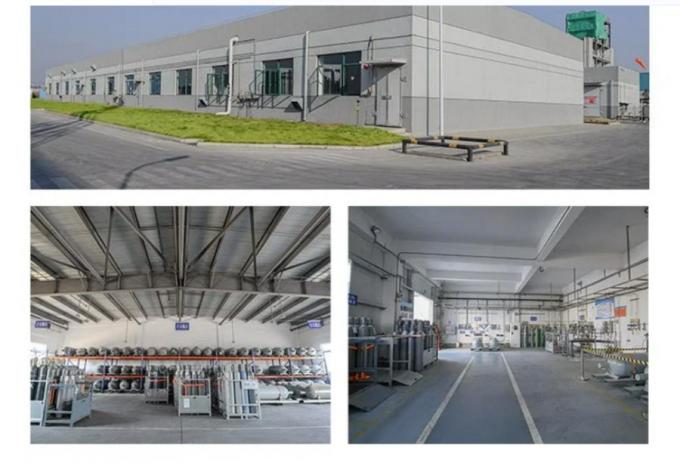

| MOQ: | 1kg |
| Price: | US $3/kg |
| Standard Packaging: | Cylinder/Tank |
| Delivery Period: | 15 days |
| Payment Method: | L/C, T/T |
| Supply Capacity: | 20000 Tons/Year |
Propane gas (C3H8) is a colorless, flammable hydrocarbon gas belonging to the alkane family. It is commonly used as a fuel for various applications. Here are some key points about propane gas:
Properties: Propane gas possesses several important properties:
Flammability: Propane is a highly flammable gas that can form explosive mixtures with air. It has a lower flammability limit (LFL) of 2.1% and an upper flammability limit (UFL) of 9.5%.
Odor: Pure propane gas is odorless. However, a distinct odorant called mercaptan is added to commercial propane to give it a strong, unpleasant smell. This odor helps in detecting leaks for safety purposes.
Density: Propane gas is heavier than air, so it tends to sink and accumulate in low-lying areas.
Production: Propane gas is primarily produced as a byproduct of natural gas processing and petroleum refining. It can also be produced from other hydrocarbon sources through processes such as cracking and fractionation.
Uses: Propane gas has a wide range of applications:
Residential and Commercial Heating: Propane is commonly used as a fuel for heating homes, businesses, and other buildings. It is used in furnaces, boilers, space heaters, and water heaters.
Cooking and Grilling: Propane is widely used as a fuel for cooking and grilling. Propane-powered stoves, ovens, and grills are popular due to their convenience and controllable heat.
Transportation: Propane can be used as an alternative fuel for vehicles. It is commonly used in propane-powered vehicles (also known as autogas) and forklifts.
Industrial Applications: Propane is used in various industrial processes, including metal cutting and welding, asphalt production, and for heat and power generation in remote locations.
Agriculture: Propane is used in agricultural applications such as crop drying, heating greenhouses, and powering irrigation pumps.
Recreation: Propane is used in recreational activities, including camping stoves, lanterns, and RV appliances.
Safety Considerations: Propane gas is flammable and should be handled with caution. Here are some safety considerations:
Storage and Handling: Propane should be stored in approved containers or cylinders designed for flammable gases. It should be stored in well-ventilated areas away from ignition sources and heat.
Leak Detection: Propane has an added odorant to help detect leaks. If you smell gas or suspect a leak, it is important to evacuate the area and contact emergency services.
Proper Ventilation: When using propane indoors, ensure proper ventilation to prevent the accumulation of propane gas and the depletion of oxygen.
Equipment Maintenance: Regular maintenance and inspection of propane equipment, such as tanks, regulators, and valves, are essential to ensure safe operation.
It is crucial to follow all safety guidelines, regulations, and manufacturer instructions when handling, storing, and using propane gas to minimize the risk of accidents or injuries.
| Transport Package: | 40L/47L/50L/118L/926L | Melting Point | -187.6ºC |
| Trademark: | CMC | Boiling Point | -42.1ºC |
| Specification | 99.50% | Production Capacity | 5000tons/Year |
| Cylinder Pressure | 12.5MPa/15MPa/20MPa | Valve | Cga350/Bwf-1 |
| Appearance | Colorless, Odorless | Density | 493 Kg/M3 |
Specification:
Dot Class:2.2
State: Liquid
Purity: 99.5%
UN NO: UN1978
CAS NO: 74-98-6
Grade Standard: Industrial Grade
|
Specification |
≥99.5 |
% |
|
Methane (CH4) |
≤100 |
ppmv |
|
Ethane(C2H6) |
≤250 |
ppmv |
|
Propylene(C3H6) |
≤1000 |
ppmv |
|
Moisture(H2O) |
≤3 |
ppmv |
|
Sulfur |
≤1 |
ppmv |
|
Isobutane(C4H10) |
≤2500 |
ppmv |
|
N-butane(C4H10) |
≤1000 |
ppmv |
| Cylinder Specifications | Contents | |
| Cylinder Capacity | Valve | Weight |
| 47L | CGA350 | 19 kgs |
| 118L | BWF-1 | 45 kgs |
| 926L | BWF-1 | 375 kgs |
| ISO TANK | 10 Tons | |





